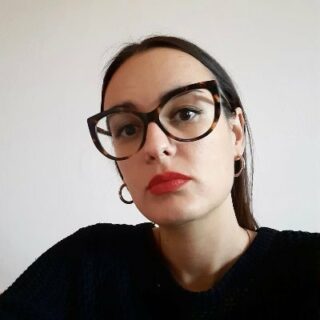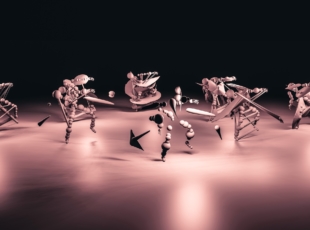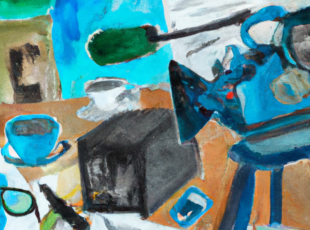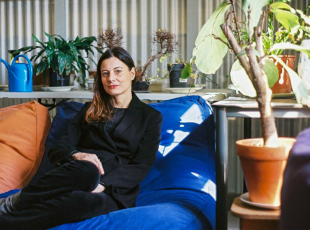NOVA_XX Biennale: non-binarism enables the exploration of new artistic territories
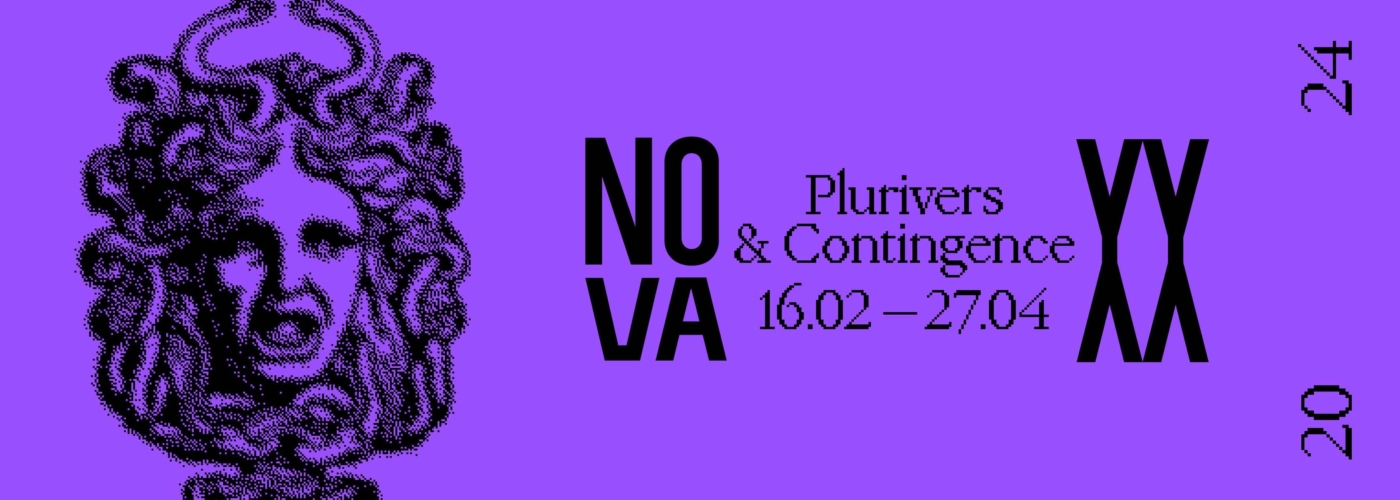
Article author :
From February 16 to April 27, 2024, in Paris, Marseille and Aix-en-Provence, the NOVA_XX Biennale is being held, dedicated to artistic, scientific and technological entanglement in female and non-binary mode, and in the light of the fourth industrial revolution / 4.0. A step aside to reflect, face-to-face with a tour de force digital art, which invites explorations of artworks-universes.
By dint of attending digital art exhibitions, Stéphanie Pécourt has had to bow to the inevitable, and accept what was staring her in the face: at these events she was often seeing the same types of artist profiles and the same types of artwork. ‘There was an absence of women creators, but also of a topography of works which are in addition essentially borne by women artists-researchers,’ she observes. From this sprang the urgency of creating NOVA_XX, a biennale dedicated to artistic, scientific and technological entanglement in female and non-binary mode, and in the light of the fourth industrial revolution / 4.0.
The founder wishes to bring new practices face to face in ‘a digital arena monopolised by spectacular practices, often pertaining to technological prowess.’ By the female, therefore, but also non-binarism, a concept which she absorbed into her thought prism last year. ‘The idea was to approach the issue of gender in a totally de-essentialised manner. The female gender is not so much that of women as it is that of minorities,’ she says. ‘It is not a matter of a well-defined gender, but on the contrary of a polysemous entity.’
In her Manifesto, she also spurns ‘the mythology of heroines and tutelary and prescriptive figures’. The artists she is showcasing ‘see themselves in much less demiurgic ways,’ she suggests. ‘They are not aspiring to be the new Prometheus, the new heroine or the new star of the digital stage. They are pretty much in an intercession position.’
Entering micro-worlds
With the overarching theme being Pluriverses & Contingency, Stéphanie Pécourt invites the visitors to slip inside ‘total artworks’ like so many ‘propositions of universes, of micro-worlds.’ Like, for example, the work of Louise Charlier, Le Blobarium de Mary Harris: chapitre 1 acte 3, an installation-performance which interrogates the encounter between the human and the non-human extraterrestrial. Can one grant these individuals their own voice, as well as civic and political rights, the artist wonders? Or what about the work by Esther Denis, L’étant, which offers the representation of a paradise by way of shadow, reflection and echo, and appeals to our senses: sight, hearing, smell and touch? ‘On opening the door, you have the impression of being in a universe, in a cosmogonical proposition which defines its own rules,’ comments Stéphanie Pécourt. We cross into tableaux vivants with Trindade, by Eva Medin, we broach the spectral signatures of exoplanets similar to the Earth, we explore prehistoric marine life from a futurist perspective with The World, by Yue Chend, and we enter a garden of interactive insects with Bestioles, by Marylou. ‘The possibility of pluriverses is the possibility of “what if?”’ argues the curator, ‘the possibility that other worlds may exist and cohabit’. For its part, the term ‘contingency’ is a reminder ‘that the order of things is contingent and thus the possibility of changing direction exists’.
The exhibition space itself becomes a territory to explore: a ‘liminal space’ in which Stéphanie Pécourt invokes the genius loci, in other words the spirit of place. The director evokes an ‘anarkhè-exhibition’, ‘a vivarium where the artworks talk to each other and dialogue’, she explains. The archipelagic thought of Edouard Glissant is also invoked, with a Biennale which desanctuarises itself from space and moves into the Centre Wallonie Bruxelles as well as the 104 in Paris, the Friche Belle de Mai in Marseille, plus the Lab GAMERZ, Aix-en-Provence. A ‘multi-sensed, multi-sourced’ biennale, the curator terms it. ‘The ambition was to create a proposition which has no vocation to be preserved. There is the construction of a territory we are happy to accept is ephemeral, this concept of a temporary autonomous zone, as has been developed by Hakim Bey, one of the high priests of cyberpunk.’ The biennale’s founder therefore disavows ‘any claim to conservation, testamentary,’ to present an ode to ‘the immanence of things and artworks’. ‘The majority of the works will be dismantled and will no longer exist. There is also the relationship to ruin, to the imminence of the fall.’
The epistemic disobedience of the web’s early years
And as we are convoking lost territories, in her Manifesto Stéphanie Pécourt lays claim to influences connected to the beginnings of the web and references its founding acts: The Hacker Manifesto, John Perry Barlow’s A Declaration of the Independence of Cyberspace and Code is Law by Lawrence Lessig. ‘This year, the biennale is steeped in the ambition of continuing epistemic disobedience,’ she says. A term borrowed from Walter Mignolo, an Argentinian semiotician and major representative of the decolonial movement. ‘When we observe decolonial thought, when we decrypt this emancipatory thinking, far from supremacist and universalist visions, it chimes so very closely with the initial ideology, doubtless naïve, of the debut of the net,’ considers Stéphanie Pécourt. ‘We forget, the debut of the net was always about thumbing your nose at the nation-State, at the hierarchy. The ‘Declaration of the Independence of Cyberspace’ underlines the racial and gender issues.’ For the curator, invoking this pre-digital philosophy is also a means of reaffirming the desire to make NOVA_XX ‘a site of pluriverses in which visions cohabit, a site of the multiple, an attempt to escape from any aspiration to homogenise and simplify.’ A territory of the complex where there takes shape a ‘Chaos-world which horizontalizes things’.
This article is a republication. The original is published on kingkong’s partner HACNUMedia (the media that explores the links between technology and creation).
A story, projects or an idea to share?
Suggest your content on kingkong.
